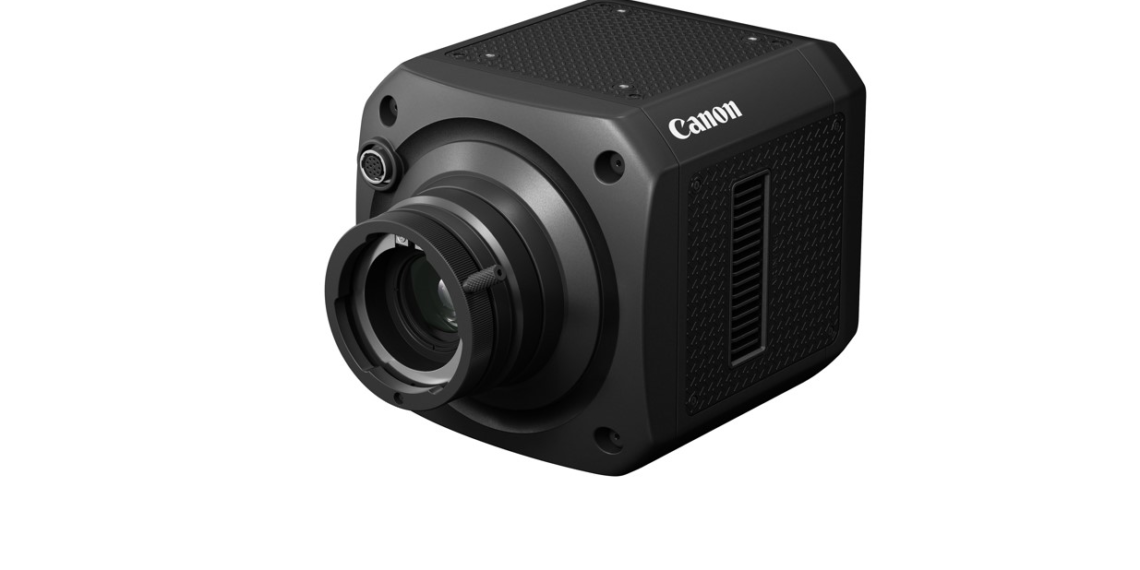Canon Inc. has launched MS-500, the ultra-high-sensitivity ILC (Interchangeable-Lens Camera) equipped with the 1” SPAD (Single Photon Avalanche Diode) sensor featuring the world’s highest pixel count of 3.2 megapixels1 in late August 2023.
This innovative camera was built to cater to areas requiring the utmost security, such as seaports, public infrastructure facilities, and national borders. The MS-500’s high-precision monitoring capabilities enable accurate target capture even under challenging day and night conditions. Distinguishing itself as the world’s first ultra-high-sensitivity camera equipped with a SPAD sensor for color video shooting, the MS-500 achieves an exceptional minimum subject illumination of a mere 0.001 lux.
By pairing the MS-500 with ultra-telephoto broadcast lenses, users gain the remarkable ability to capture clear, long-range videos of subjects situated several kilometers away, even amidst the darkness of nighttime.
Central to the MS-500’s uniqueness is the utilization of the SPAD sensor, leveraging an advanced technology known as “photon counting.” This method enables the pixel to quantitatively count incoming light particles (photons). Unlike the conventional CMOS sensor’s approach of accumulating light over time, the SPAD sensor instantaneously amplifies incoming photons by approximately 1 million times, translating them into a robust electrical signal.
This distinctive capability ensures even the faintest traces of light are detectable. Further, the digital photon counting process minimizes noise interference during signal readout, a pivotal advantage that facilitates crystal-clear color video capture in environments as dim as 0.001 lux.
The MS-500 seamlessly integrates with a bayonet lens mount, adhering to the widely recognized BTA S-1005B standards, commonly used for broadcast lenses. Canon’s expansive range of broadcast lenses, recognized for their ultra-telephoto performance, augments the camera’s capacity to identify and track subjects situated several kilometers away, even in the depths of nocturnal obscurity.
In situations demanding night monitoring and extended-range surveillance, factors like noise and atmospheric distortions can significantly impact video clarity, especially in low-light settings. To combat these challenges, Canon introduces “CrispImg2,” an image correction function integrated into the custom picture settings.
This feature optimizes sharpness, gamma curve, and noise reduction specifically for monitoring scenarios, ensuring high-visibility videos regardless of the time of day. Furthermore, the Canon MS-500 boasts support for a “haze compensation” function, effectively counteracting the negative effects of haze and mist. By automatically adjusting contrast and implementing image correction, the camera delivers superior video quality.
Again, the MS-500 excels not only in its imaging capabilities but also in its compatibility with serial communication protocols. Canon’s proprietary “NU” protocol, designed for ultra-high-sensitivity cameras and remote cameras, enables seamless remote control of pan/tilt operations and image quality adjustments. Additionally, the camera supports the widely adopted “Pelco-D” protocol, facilitating remote control of remote cameras and pan-tilt heads. Utilizing these protocols will enable users to connect the camera, lens, and pan-tilt head to a control device, granting them remote control and operation capabilities.
The new device combines cutting-edge photon counting technology, advanced image correction functions, and versatile remote control integration, solidifying its position as an indispensable tool for high-precision surveillance in even the most challenging environments.






